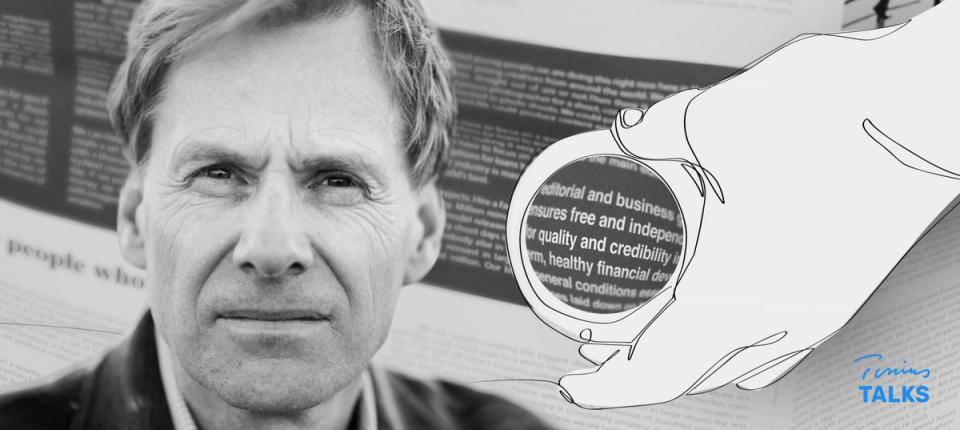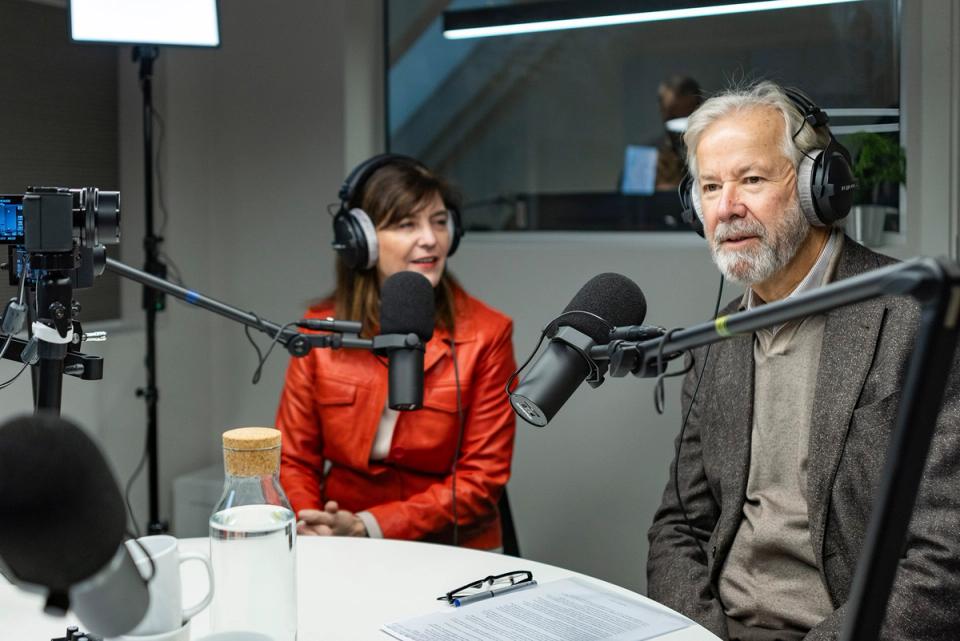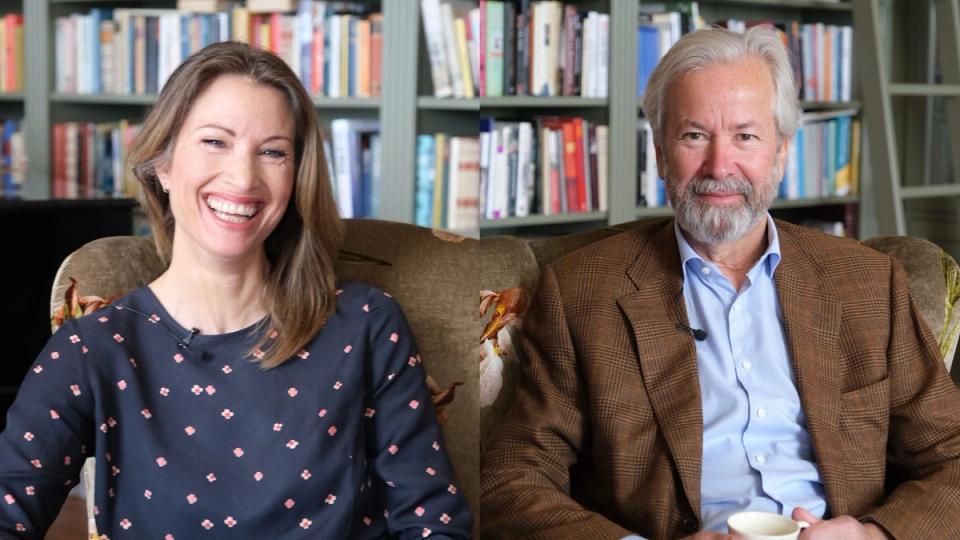23. april 2018
The winners in the digital disruption

The winners in digital media disruption will be those who zoom in and focus on just a few activities to […]
The winners in digital media disruption will be those who zoom in and focus on just a few activities to pursue new value creation.
New technologies, new platforms, new consumer behaviors: changes in the media industry are occurring at a breakneck pace. How can media professionals best respond? The conventional answer is to do more—launch initiatives, squeeze more out of existing media assets, put in longer hours to meet quarterly demands, and so on. But this daily grind means that we risk sticking our heads in the sand and not lifting our perspective out over the daily horizon to spot bigger trends and create new, valuable services. We become overwhelmed with the short-term demands to survive and deliver quarterly numbers, so we neglect to take time to pause, reflect, and gain a broader perspective. How can we manage the dual challenge of attending to short-term objectives, yet free ourselves to plot new paths? My new study of 5,000 managers and employees provide two pieces of advice.
Do Less, then Obsess
In my study, I found that people who choose just a few key priorities and then channel tremendous effort into doing exceptional work in those few areas greatly out-perform those who pursue a wide range of priorities.
People who mastered this “do less, then obsess” principle placed 25 percentage points higher in our performance ranking than those who didn’t. They outperform because they have the courage to cut back and simplify when others pile on, and to say “no” when others say “yes.”
This goes for all kinds of professional activities, such as cutting back on the number of meetings (and pre-meetings!), power point slides, projects, key objectives, and metrics.
This principle of extreme focus can help you manage in a turbulent industry environment. It prevents people from spreading themselves too thin. I recently gave a seminar to hundreds of owners and managers of independent book stores in the U.S. They have felt the onslaught of Amazon’s digital disruption for years. I asked, how have you responded? Many said they launched a plethora of new initiatives: coffee bars inside the stores, wine tasting classes, cooking classes, author events, special sections like traveling, more curating of specialty books, and so on.
It’s a shotgun approach to industry disruption. And that’s a very natural way to respond to a digital threat: do lots of things and hope some will work out. However, my data suggest a surgical approach is better: pick one or two initiatives and do them exceedingly well.
This extreme focus has another benefit: it frees up time. When you’re running around doing all sorts of things in the name of responding to digital disruptions (like serving coffee, doing wine tasting, running cooking classes, selling books), you really don’t have time to pause, reflect and think deeply about how to transform the business and your job. But when you do take that time, you might find an altogether new and better path.
Redesign for Value
In my data set, professionals who took the time to reflect challenged conventions and that led them to innovate on the basis of value creation.
Value creation is the new game: what new products, services and activities can you launch in your job that creates tremendous additional benefits for the people who are the beneficiaries of your work, be they consumers or colleagues in your firm?
Answering that question is key, because the kinds of value media businesses provide to their consumers is shifting at a rapid pace. For the bookstore owners, I asked, what value did your stores provide to the customers before Amazon, say 20 years ago? Their answers: we had good inventory in the stores, and we helped people find books. That is, precisely the two values that Amazon has disrupted: availability and search. For these bookstore owners, their value-offer has evaporated. By now, all these stores understand that they must provide a different and newvalue, like becoming a gathering place in the neighborhood where people can have experiences (by cooking together and buying cook books).
Yet, amazingly, these store managers keep the same metrics as before: the inventory they keep, how they help customers find books, and how many books they have sold in a day. But if you’re trying to be a gathering place in the neighborhood, then you need different metrics, like whether people enjoyed the experience of going to that cooking class, whether they bought a book or two as a result, and whether they will come again to other events. Remarkably, not a single book store owner in my seminar tracked these new value metrics.
This is an all-too-familiar story in the media and other industries: some people cling to old value offers (like a newspaper offering a paper subscription), yet others try to offer new and different values yet stick with old metrics.
Instead, top performers in my study asked and answered two questions: what new value can I create in my job, and what new metric can I deploy to track progress against value creation? This is hard. If a newspaper wrote a darn good investigate piece, how do you know that readers truly value it?
Online clicks and time spent reading the article online are not necessarily measures of value (I can spend time on something without finding it valuable). Maybe you need to survey customers or find some other way to measure value created.
Professionals who pursue new value innovate how they work. They question conventions — the way things are done because, well, that’s how they have always been done. Here’s a good example from the newspaper industry. Do you remember those old “broadsheets”–the gigantic sheets that people read on the subway on their way to work? They were 75 centimeters tall. Well, why were they so big to begin with? You will never guess. In 1712, so about 300 years ago, the tax men in Britain started taxing newspaper companies on the basis of how many pages they printed, so naturally they responded by making the sheets bigger so as to pay less tax. That tax was abolished in 1855, but the convention of the broadsheet stuck, even though the rationale for its existence had evaporated. That is, until 2003, some 150 years after that tax law had been ditched, when the editor and managing director of the Independent newspaper asked themselves, “how about reducing the size of the sheet so people can more easily read our paper on the way to work?” And so they did, and circulation jumped 17 percent the following year. Oh well, better late than never.
As a media professional, ask yourself how you can create more value for your team, department, or organization. Take a critical view of existing conventions. Why does your organization do what it does? What if it adopted a different practice or process? What “pain points” exist that you might solve for colleagues, customers, or other stakeholders by redesigning what you do? Is there a different—and better—way to organize your newsroom or to allocate reporters’ times? Is there a better way to sell online advertising and measure its results? Are there better ways to attract readers?
So much of what we do at work remains antiquated and unexamined. As a result, manifold opportunities exist for us to innovate work and perform far better than we currently do.
Here’s my bet: The winners in digital media disruption are not going to be those who mindlessly launch volumes of new activities in the hope of garnering the most attention and clicks. The winners—companies and professionals—are going to be those who zoom in and focus on just a few activities that will create the most value for customers and consumers.
Short about the author:
Morten T. Hansen is a professor at University of California at Berkeley. His most recent book is “Great at Work: How Top Performers Do Less, Work Better, and Achieve More”. Earlier Morten Hansen was a professor at Harvard Business School and at INSEAD, France. He holds a Ph.D. in Business Administration from the Graduate School of Business at Stanford University. His award-winning research has been published in Administrative Science Quarterly, Strategic Management Journal, Academy of Management Journal, Harvard Business Review, Sloan Management Review, among others.
What is “Tinius Talks”? Tinius Talks are articles, videos or debates by specialists on the future of journalism, fair tax policies and ethics in algorithms – shared by the Tinius Trust once a month throughout 2018.



